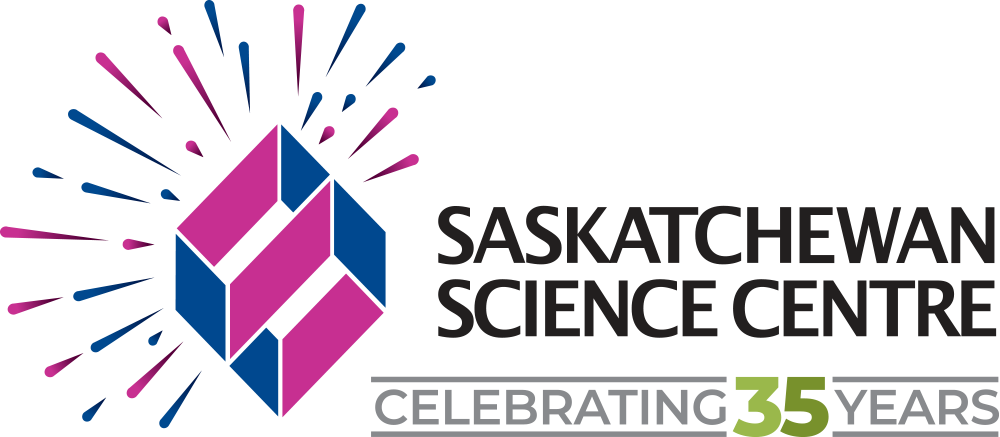Toothpick Towers
Build Toothpick Towers
Build the tallest tower that can withstand an earthquake and learn how engineers use the strength of different shapes to design structures that can withstand the demanding elements.
What you need:
Toothpicks (be careful, the ends of toothpicks can be quite sharp).
Something for your toothpicks to stick into and help hold your tower together – mini marshmallows, gum drops, plasticine or modelling clay, or Styrofoam balls all work.
Flat table or surface to build your tower on.
Supplies for Toothpick Tower
What you do:
Make shapes by inserting your toothpicks into your Styrofoam balls, marshmallows, gum drops or clay. Whatever you choose to stick your toothpicks into will be the corners of your shapes. Make a two-dimensional triangle using three toothpicks and three corners, and a two-dimensional square using four toothpicks, and four corners.
Triangle
Square
2. Test the strength of your shapes. Press down on your square. What happens? Does the shape still hold together or does is bend and twist? Do the same for your triangle. What happens? Which shape do you think is stronger? What shape do you think would be best to use to build a strong tower?
Test the Triangle
Test the Square
3.A cube is a three-dimensional shape that has six sides, like a game die. Build your square into a cube by adding a vertical toothpick to each corner, and then complete the remaining squares on each side of your cube.
4.Test the strength of your cube by pressing down on it like we did before. What happens? Is the shape stronger now? Does it hold its shape, or does it bend and twist?
Cube
5. A tetrahedron is a three-dimensional triangle that has four sides. Build your triangle into a tetrahedron by adding a vertical toothpick into each corner, and then gather the three points of the toothpicks together in the centre and add the final corner.
6.Test the strength of your tetrahedron by pressing down on it like we did before. What happens? Is the shape stronger now?
Tetrahedron
7. What other shapes could you build and test to see which is the strongest? See the shapes below for some other shapes to try.
Now that we have an idea what shapes are strongest, we must design our tower. You can either draw your design, or just start building your idea to see what works and what does not.
For this challenge, design and build a tower that can:
Be a freestanding structure – meaning it can stand on its own without you holding it up or sticking it to the flat surface you are working on.
Try and only use 25 toothpicks.
Build it as tall as you can.
If something you design does not work, try again with a new idea. Don’t give up! Science is all about trying out new ideas and asking questions.
Tower Made With Cubes
Tower Made With Tetrahedrons
Explanation
An engineer is a person who designs and builds complex products, machines, systems, or structures. Engineers want to know how and why things work. They have scientific training that they use to make practical things. (National Geographic).
Structural engineers must consider many factors when designing a structure such as what is the purpose of the structure, where is it going to be, what kind of ground will it be built on, what kind of weather will it be faced with, what materials will be best to use and many other considerations.
Throughout this challenge, you participated in a similar engineering design process.
Engineering Design Process
What is a freestanding structure?
Freestanding means that it doesn’t need another structure to support it. Most houses are freestanding structures. The tallest freestanding structure in Canada is the CN Tower in Toronto. It was completed in 1976 and is 553.3 metres high. The tallest freestanding structure in the world is the Burj Khalifa completed in 2009. It is 829.9meters high located in Dubai, United Arab Emirates.
CN Tower, Toronto, Canada
Burj Khalifa, Dubai, UAE
Important terms:
Buckling: When a material bends under compression.
Compression: When a force pushes materials together.
Elasticity: The property of a material to bend or deflect, and then return to its original shape.
Force: Any influence that tends to accelerate an object; a push or a pull.
Load: The weight which a building or structure must carry.
Dead Load: The weight of the building itself plus all permanent fixtures; it does not change.
Live Load: Weight of the objects which move in, out, or shift in the building (people, furniture, etc.); it is constantly changing.
Plasticity: The property of a material in which it does not return to its original form after a bend or deflection.
Shear: When a force slides material against one another.
Tension: When a force pulls materials apart.
Taking it further
Once you have a tower design that is free standing you can measure how tall it is.
Gently shake the flat surface you are working on to simulate an earthquake or a windstorm. Does your tower still stand? What can make it stronger?
What can you place on top of your tower to test its strength? A book? A soup can?
How sturdy and tall can you make your tower using 50 toothpicks, or 100?
Keep designing and trying new towers.
What other structures can you build?
What would you need to consider if you were to build a bridge?
Loving this content? Make a donation to the Saskatchewan Science Centre!
#letssciencethis #SaskScienceCentre #AtHomeWithCASC #ScienceChampions #ScienceAtHome #realsciencerealfun

















